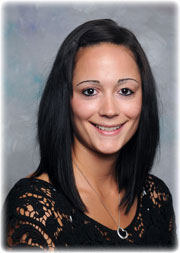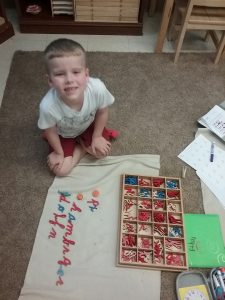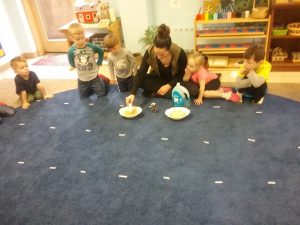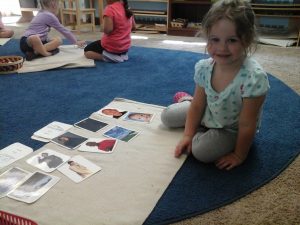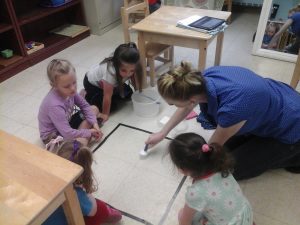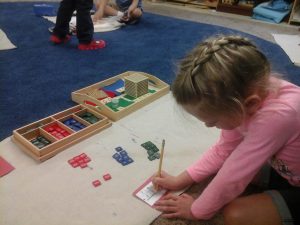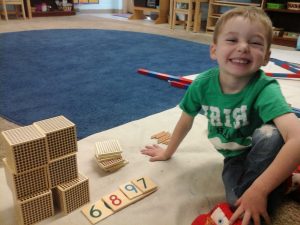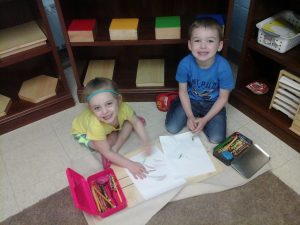Classroom
For most of the month of April we talked about the seven continents: Asia, Africa, North America, South America, Antarctica, Europe and Australia. We learned that Africa, is where the elephants, giraffes and lions live. South America has tropical forests and one of the longest rivers in the world the Amazon River. North America is where we live. Europe and Asia are together on the map, but Australia is an island where the kangaroo and koala bear live. Last but not least Antarctica is way down below frozen and home to the penguins.
Our students worked hard learning about their country and songs to represent the continent of Asia and Australia. What a great job they did at our International Festival! Thank you for all your support to help make this a great experience and event for our students.
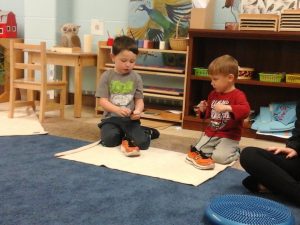
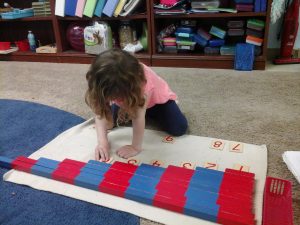
The last week of April we celebrated earth day by focusing on the importance of taking care of the environment by recycling, reducing and reusing.
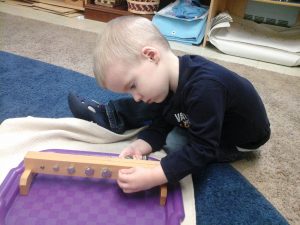
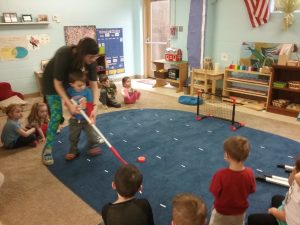
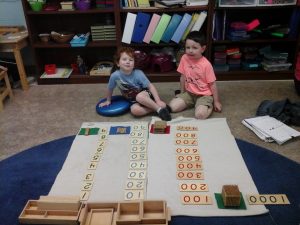
Kindergarten
In kindergarten lesson we learned more parts of speech. We learned that a pronoun (I, me, he, she, herself, you, it, that, they, each, few, many, who, whoever, whose, someone, everybody, etc.) is a word that takes the place of a noun. That an adjective describes a noun. Adverbs describe verbs. That conjunctions connect two sentences or phrases acting like a bridge.
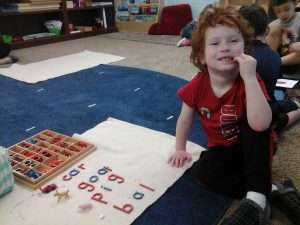
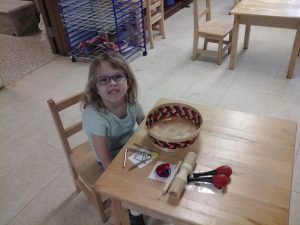
Reading Group
By: Ms. Faith
In kindergarten reading group, we started of the month of April by reading poems about nature. The first poem was about fall, and pumpkins. The students had to guess what time of the year the author was describing, and it was Halloween. The students drew a picture of the last day of October, which is Halloween. The next poem was about the wind; how strong it can be, and how calm and quiet it can be. For this poem, the students decided whether they liked when the wind was strong or gently, and drew a picture of their choice. Then I reread the poem and they acted out the wind while I read. The last poem we read together was about seashells. I read the poem aloud first in English, then in its original language, Spanish. The students had to answer questions about how they thought the author was feeling in the poem. How did the author feel about the sea? Why does the speaker only think of small fish? At the end, the group drew a map of what they would see on the bottom of the ocean.
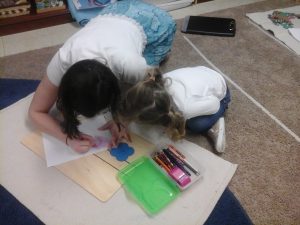
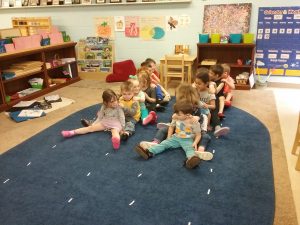
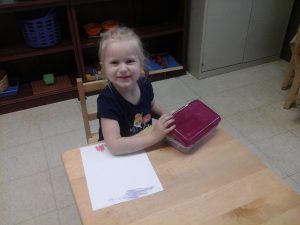
The next story we read is called Feraj and the Magic Lute. It’s an Arabian folktale about a man who steals a lute because he thinks it will give him good fortune. The kindergartners had to draw how the young man in the story felt when he heard the music of the magic lute. Then, they got to act out a scene from the story. I usually read it multiple times so each student can have a turn being each character. They also created a song like the magic lute played in the story. For the last activity, the kindergartners had to decide if Feraj was happy or sad at the end of the story. They drew a picture of him, and explained their answer. We just started The Tale of Johnny Town-Mouse by Beatrix Potter, and will be finishing it in May.
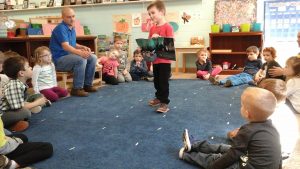
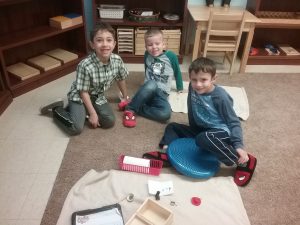
Science Enrichment
For the first week of April we put vinegar, dish soap and glitter in a Ziploc bag then added some baking soda and shook it really hard. We watched the Ziploc bag fill up and expand with a gas (carbon dioxide) until it exploded.
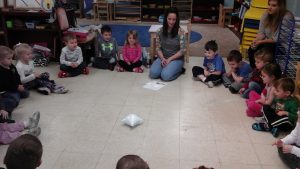
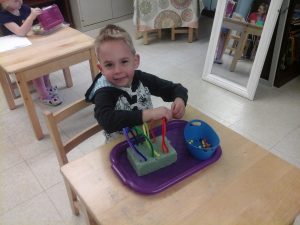
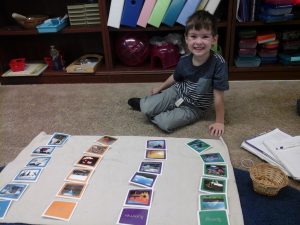
The second week of April we learned about surface tension! We filled a pan with water and sprinkled pepper in, then we added a drop of dish soap, we were amazed to see the pepper shoot to the side of the pan when the soap hit the water. We discovered the soap shoots to the side when soap touches the water because the soap is able to break down the surface tension of water. As the soap moves into the water, and the surface tension changes the water molecules still try to keep the surface tension going. So, the water molecules pull back away from the soap, and end up carrying the pepper along with them.
For the last week of April we did a traveling water experiment by taping string to the inside of one cup and placing the other side of the string freely into another cup, then we poured the water down the string to transfer it between cups. We learned that water molecules aren’t just attracted to other water molecules, but are attracted to molecules of other objects, and so they tend to stick to things such as the string in this experiment.
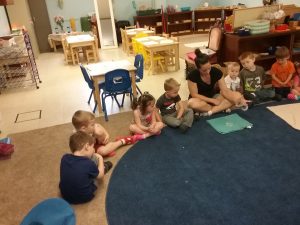
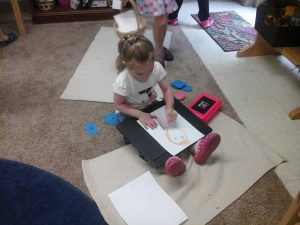
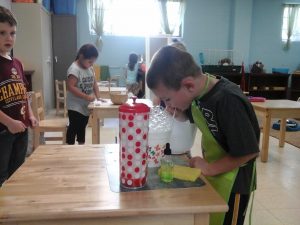
Music Enrichment
By: Ms. Faith
In April, Ms. Lisa focused on singing songs about our character. The students sang and did motions to songs about telling the truth, about cooperating, saying please and thank you, and about being kind. The students participated in partner dances, and even learned a new song from Africa called Roll and Rock. Ms. Lisa always incorporates gross motor movement into her lessons. She sang Have You Ever Seen a Lassy, and the students picked a movement, such as skipping, galloping, and hoping to move around during the song. Another activity Ms. Lisa had for the students was to review what Staccato and Legato mean. Staccato notes are short and jumpy, whereas Legato notes are smooth and long. The students were given a castanet and a scarf to walk around in a circle while listening to a song. When the music played Staccato notes, the students played their castanet and ran on their tiptoes. When the music played Legato notes, the students moved in slow flowing motions with their scarves. Thank you Ms. Lisa for sharing all of your instruments for us to learn!
Art Enrichment
By: Ms. Faith
Ms. Michele had students finish their wooden frames that they painted one color, or monochromatic. To finish their frames, they picked out objects and painted them the complimentary color of the color they chose for their frames. Once the paint was dry, the students glued it on the frame to create an abstract piece of art. These pieces are hanging up on the bulletin board for your enjoyment! The next week, Ms. Michele introduced Pablo Picasso to the students. Pablo Picasso is known for his Cubism art works. He wanted to draw facial features from different angles and that is why the features on his people look different. To create their own Cubism inspired art works, Ms. Michele printed out pictures of facial features for the students to cut out and glue onto faces. Some of them had two noses, an eye looking sideways, and an eye looking forward. The students let their creativity flow, and created some great Picasso style faces. To close up the month of April, Ms. Michele reviewed the color wheel with the class. They reviewed warm and cool colors, primary colors, secondary colors, and complimentary colors. The young artists drew an owl using different shapes, and they had to use primary and secondary colors to fill in the shapes. After the owls were finished, the students drew details on their pages like a branch for the owl to sit on, or the moon in the background. We always look forward to what Ms. Michele has planned for art each month. Thank you for your hard work Ms. Michele!

